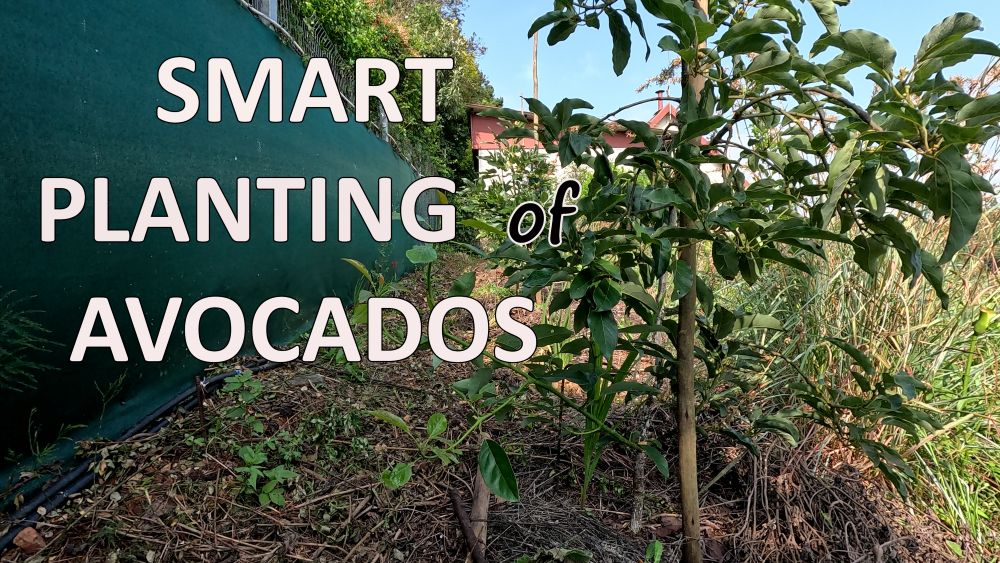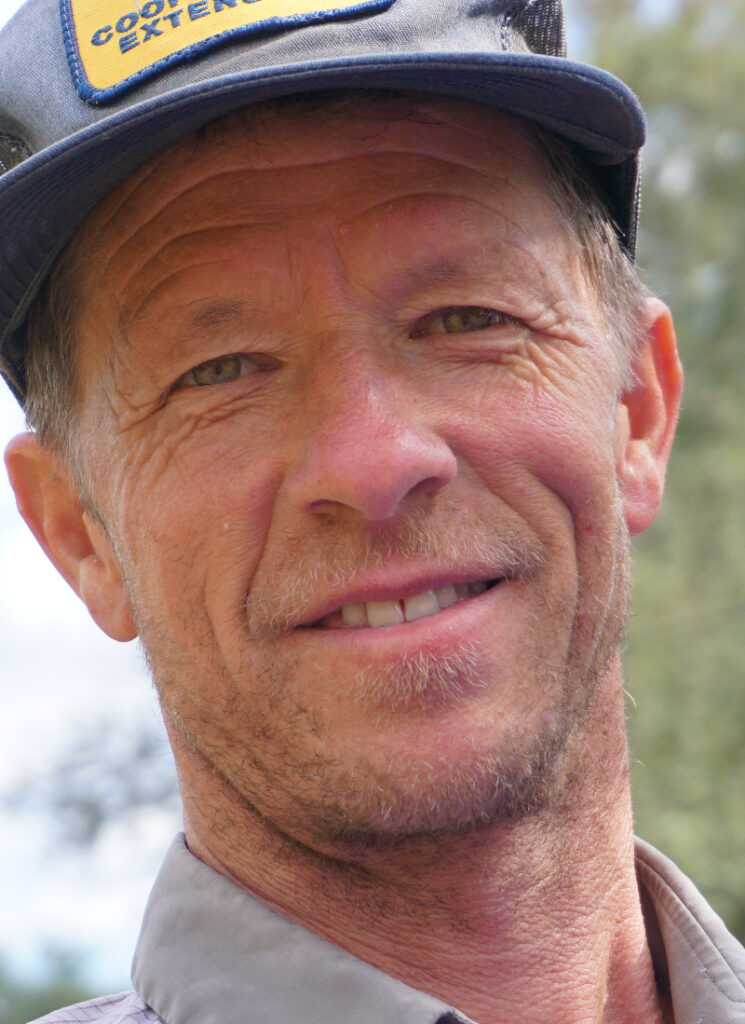You can get lucky and plant an avocado tree in your yard and find success on your first try. But for many people, myself included, it takes killing a few trees to learn how to grow an avocado successfully in a particular situation.
One situation that many people find themselves in is a yard with heavy soil, that is, a soil with a high percentage of clay.
Also, in some locations and in some years, a lot of rain falls. This can make any type of soil stay soggy for too long if the rains are continuous or the soil is shallow.
This all goes to say that it pays dividends to get to know the particulars of the dirt and climate situation you are planting your avocado tree into.
In the video below, I show the trees of someone who knows his situation in the northeastern part of South Africa well. He planted accordingly. See how, and see the results:
Check out this related post: “Planting avocados in poor soil”
I can only keep the Yard Posts coming and ad-free through your support. Thanks!
Find all Yard Posts listed here.




The most successful avocados I’ve planted are my Pinkerton and Stewart, both of which were planted in 100 percent DG in a raised bed with a layer of compost then a thick layer of mulch on top. They keep virtually all of their leaves in the winter and the Pinkerton is a star when it comes to fruit production. They’re next to my chicken coop so get all sorts of fly pollination and also next to a lawn that’s constantly watered. It was either dumb luck or I finally figured out a way to get them to grow.
I have multiple avocado varieties on my property. I do not believe that any of them would survive if planted directly into the native soil, which is a very high percentage of clay. Our normal winter rainfall leaves standing water in my yard, which would a toxic environment for any avocado.
I lay down a thick base of decomposed granite (DG) to become my berm on top of the native clay. I take more time on my planting hole for an avocado tree than I do on anything else that I plant. I want to take full advantage of the excellent drainage that the DG has provided. I make certain that the hole depth does not permit the top of the rootball to be below the berm; I want them to be level with each other. I have experimented with numerous types of backfill for the planting holes. Construction sand, silica sand, DG, and home made planting mixes consisting of varying percentages of sand, vermiculite, biochar, and peat moss. All of them work each have pros and cons. I have found that the last two seem to work best in my location. I do not have enough room on my property to run controlled experiments with different cultivar and rootstock combinations to definitively state that one is superior.
Good luck and happy planting.
Hi Greg! I’ve been using your website to try and ID the avocados in my family’s yard, but i’m still having some trouble. Would you be able to help?